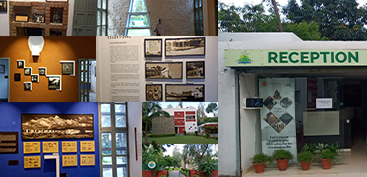Some old city residents may know it, but the current breed of millennials may not be aware of it. Chandigarh’s main architect Le Corbusier designed Chandigarh in the shape of a human body in the 1950s-60s. Chandigarh’s urban structure is divided into blocks named sectors that follow a grid pattern making Chandigarh one of the best planned cities .
What’s what?
Capitol complex which houses the Vidhan Sabha, Secretariat and the Punjab & Haryana High Court represents the head of the human body from where governance is done – all important policies and decisions regarding the city are formed. The logic behind it is that the brain sits in the head.
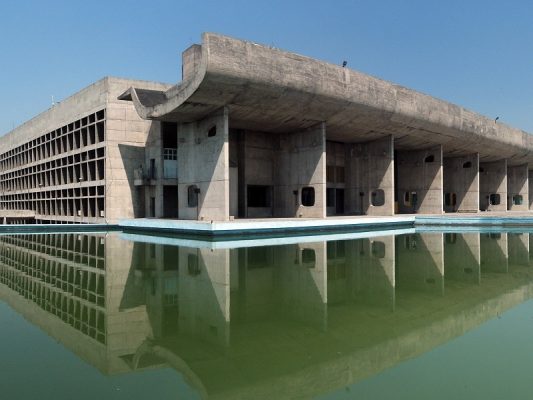
One arm is the western side – the institutional zone consisting of PEC, PGI, Panjab University and the eastern side is the other arm consisting of the Industrial Area, phase I, phase II where human resources are utilized.
The Rose Garden in Sector 16, Leisure Valley in Sector 10, Japanese Garden in Sector 31, cricket stadium in Sector 16 and the other green parks and gardens represent the lungs.
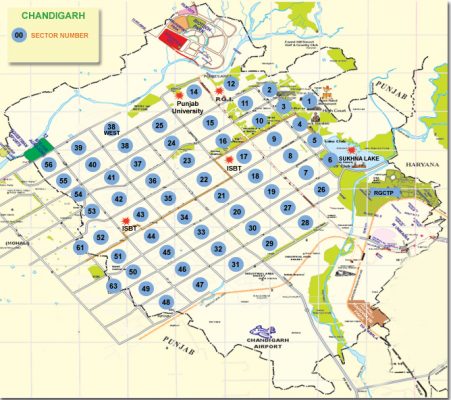
The seven types of roads (V-1—V-7) like Madhya Marg, Dakshin Marg, Jan Marg, etc are the veins and arteries of the city, and the vehicles and the people represent the blood flowing in these blood vessels, each house in the sectors is a ‘cell’.
“Sectors 1, 2, 3, 4, 5 and 6 have no markets, Sector 37 has a mini market, so the markets were also planned areawise and needwise, that was how planned it was,” says Ajay Jagga, Advocate, Punjab & Haryana High Court, who has been living in the city for the last 52 years.
In 1951, four years after India’s independence, Le Corbusier was appointed as an architectural adviser by the Indian government. The first prime minister, Jawaharlal Nehru, asked him to create a new city free from the past that would become a symbol of freedom. The open hand which is an emblem of the City Beautiful was a step in that direction.
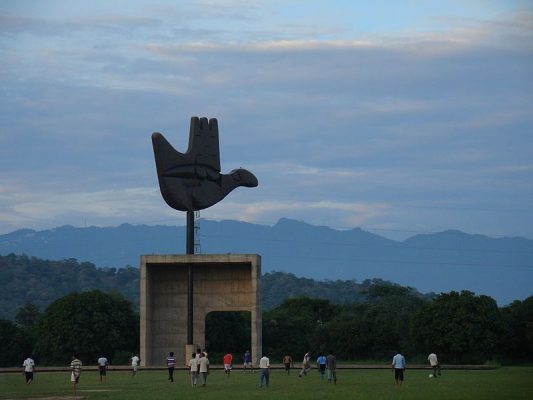
The satellite towns of Panchkula and Mohali have developed on the periphery of Chandigarh which are bearing the load of infrastructure and overpopulation, although they have come up in violation of the Punjab New Capital (periphery) Control Act, 1952. In the Chandigarh masterplan, a periphery of 10 miles (approx. 16 km) was to be left without any construction on the periphery of Chandigarh on all sides. “During the reorganization of states, 74 pc of the periphery went to Punjab, 21 per cent to Haryana and 3 pc periphery remained with UT Chandigarh,” informs Kapil Setia, Chief Architect, Chandigarh, while speaking with CityWoofer.
“Masterplans of cities and towns are generally not changed and so is the case with Chandigarh. However, certain changes are incorporated from time to time keeping in mind the interest of the people, for example, there is no provision of traffic lights on crossings or roundabouts but we have them. So certain changes have been made, but the important thing is the character of the city has not been changed at all,” says Rajesh Sehgal (retd), Chief Architect, HUDA.
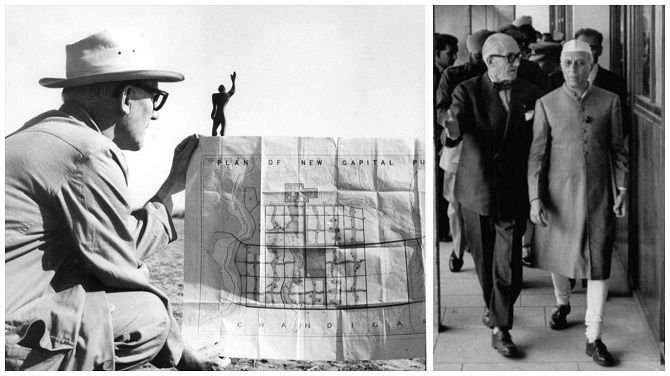
“With a few improvisations, the sewerage system has also been upgraded as there was much scope for it in the masterplan itself. If you compare water drainage in rainy season, clogging of roads is still relatively lesser in Chandigarh than in Panchkula and Mohali,” he says.
“The design of Mohali and Panchkula has been copied from the Chandigarh plan with similar planning and provisions but the plans are not strictly followed in these places, which makes Chandigarh stand out in spite of being the elder sibling,” he explains.
With time, however, there have been growing concerns over the sustainability of the city in its current format. “The city was planned for a mere 2.5-5 lakh population, now we’ve crossed one million, how long will we be able to sustain its structure we can’t say,” says Jagga. “To put it simply, it’s like you live in a two-room house with a single bathroom and you are asked to adjust 50 people in that house, what will happen?” he rues.
“We have been able to sustain the original character of Chandigarh with the help of the executive and judiciary, otherwise it would have long been lost,” says Setia, offering some solace to Chandigarh veterans.








